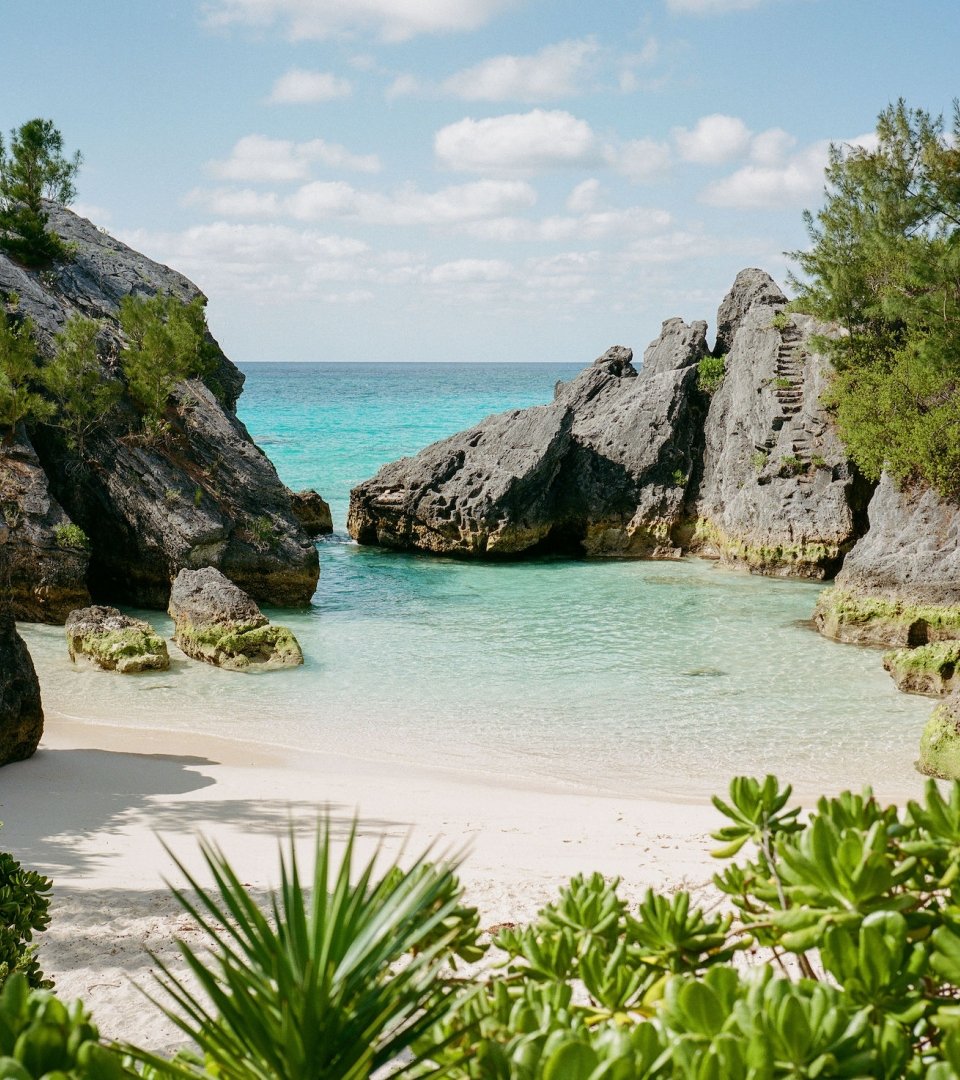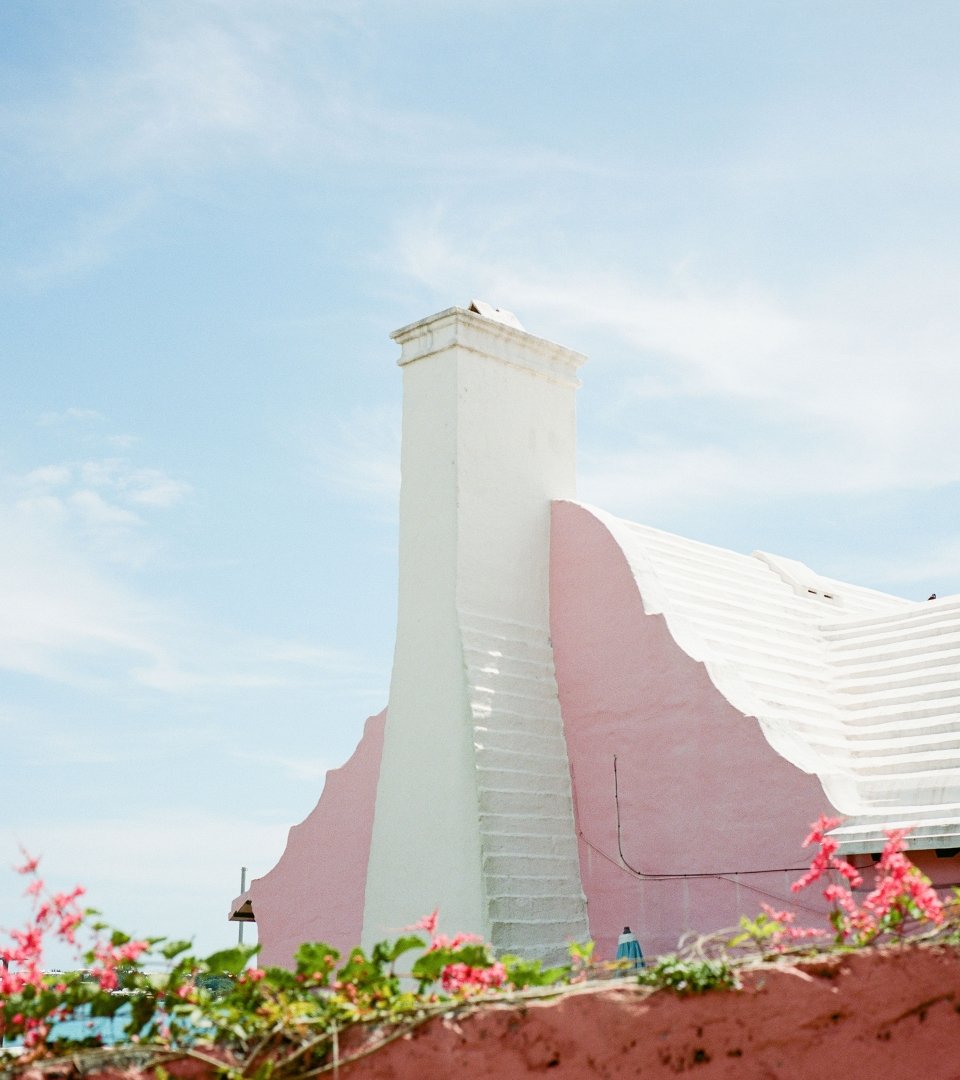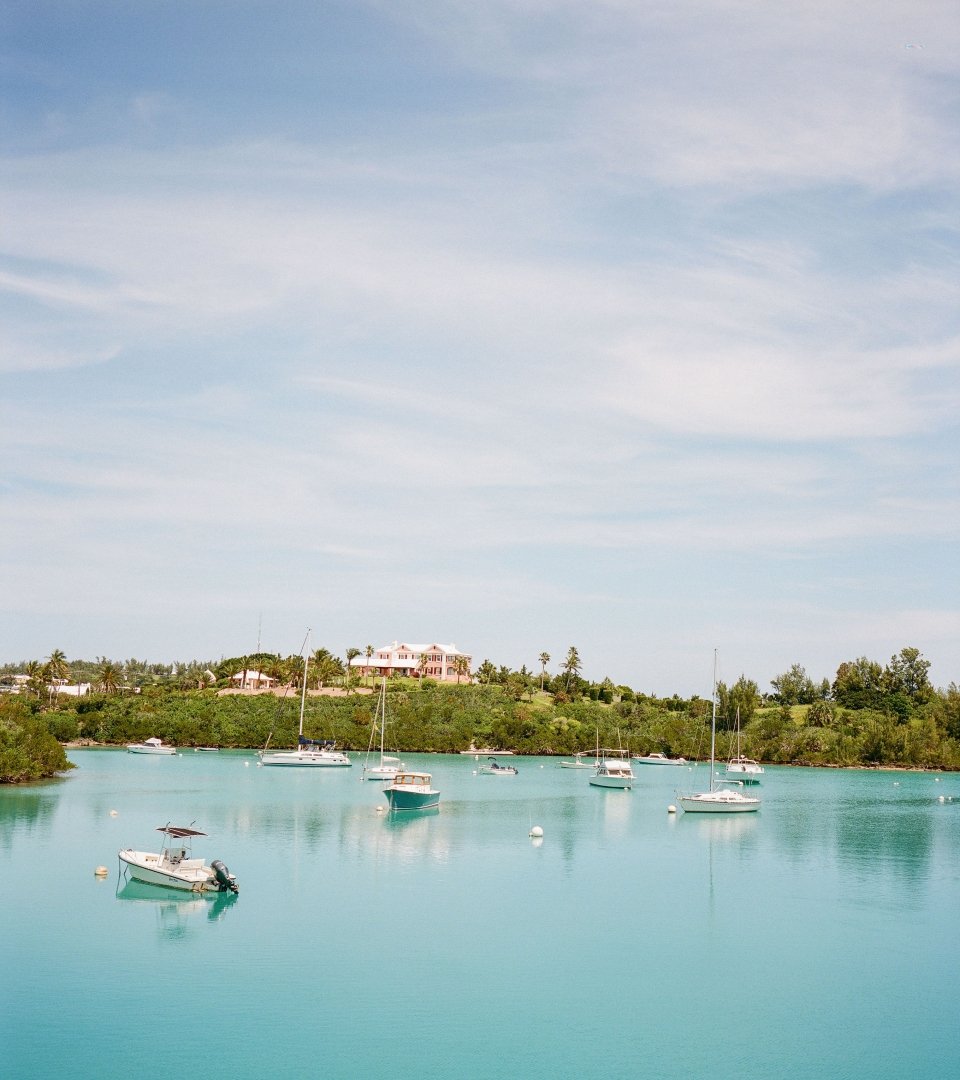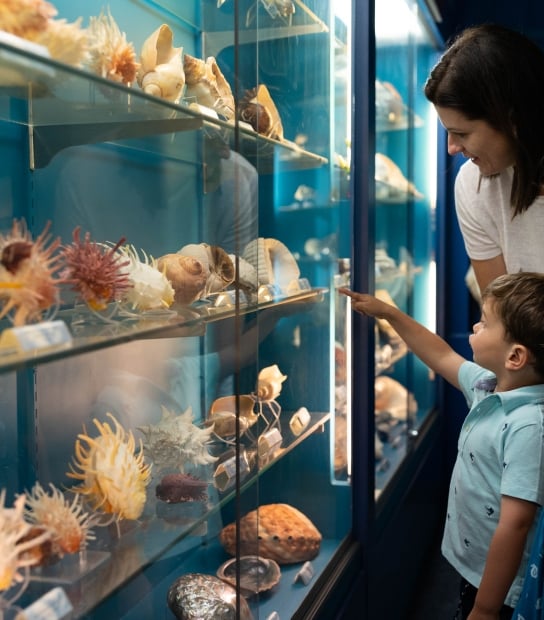10 Architectural Gems Bermuda
Exploring around the island, you'll encounter many impressive houses and buildings, some of which were built as far back as the 1600s. Here's a round-up of some of Bermuda's most noteworthy architecture.
- Beyond the Beach,
- Local Hotspots,
- People & Culture
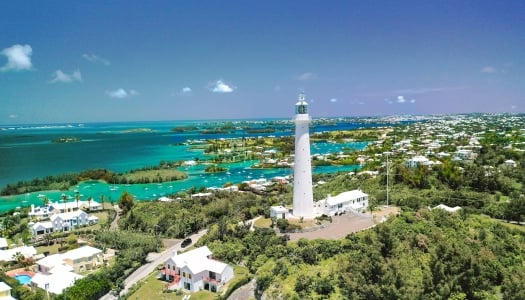
Bermudian architecture blends European, American and Caribbean styles. You'll come across pastel stone cottages with terraced white roofs, mysterious moongate arches, historic churches and 18th-century forts. It's just another way that Bermuda looks and feels like nowhere else.
1. Built to Last: The Carter House
Thought to be the oldest still-standing home in Bermuda, the Carter House on St. David’s Island was constructed out of sturdy Bermuda stone in 1640 by descendants of Christopher Carter, one of the island’s original settlers. Spend some time at the museum here and see exhibits on whaling, farming and the daily lives of early Bermudians. Nearby, you'll find another architectural icon: St. David’s Lighthouse.
2. Holy Grounds: St. Peter's Church
Located in the historic Town of St. George, St. Peter's Church impresses with its limestone walls, beautiful belfry and shapely windows. The steps leading up to the 400-year-old church are one of the most photographed sights on the island. Inside, its original Bermuda cedar beams, chandeliers and 1615 Communion table create a spiritual ambiance. In 2012, Queen Elizabeth named it "Their Majesties Chappell," a designation first used for this house of worship back in the 1690s.

3. Bermuda Beacon: Gibbs Hill Lighthouse
The towering Gibbs Hill Lighthouse in Southampton Parish, completed in 1846, stands tall as one of the oldest cast iron lighthouses in the world. The metal is watertight and weathers well, even in a salt-air environment like Bermuda’s. Climb 185 steps to a viewing area at the top and soak up the panoramic view.
4. Island Time: The Clocktower Mall
Forgot your watch? Look no further than the Clocktower Mall at the Royal Naval Dockyard, with its striking 100-foot-tall towers. Check the time of day at the south tower; the one-handed north tower clock is used to mark high tide. Built in the 1850s as a British naval warehouse, the Clocktower Mall now houses shops selling Bermuda souvenirs, clothing and snacks. But its fortress-like vibe remains; the walls here are three feet thick.

5. St. George's Abode: The Tucker House
Constructed in the 1750s, the Tucker House became the home of Colonel Henry Tucker in 1775 – the same year the Colonel planned the legendary Gunpowder Plot, which helped win the American Revolution. You'll find antique paintings and furniture upstairs as well as an exhibit on island archaeology downstairs.
6. Foot of the Lane: Waterville
Built in 1725, this house at the end of Hamilton Harbour is nicknamed “Foot of the Lane.” Waterville was once the home of the Trimingham family, who opened the first Trimingham’s department store here in 1842. The store operated (in various locations) until 2005. Originally opened to supply boats docked in the harbour, it became the most popular shopping spot on island. Today, Waterville is the headquarters of the Bermuda National Trust. The house provides a great look at Bermuda in the 17th and 18th centuries with oil paintings, antique furniture and Trimingham family heirlooms.
7. A Pirate's Cottage: The Old Rectory
Like a real-life “Pirate of the Caribbean,” Captain George Dew spent his youth looting, pillaging, smuggling and carousing. But by 1699, when he built his home in St. George’s, Dew had cleaned up his act. The lovely little building, nicknamed the Old Rectory, is now a bed-and-breakfast and Bermuda National Trust Property. It's perhaps best known for its charming “welcoming arms” stairs, which are curved and meant to keep gentlemen from seeing ladies' ankles as they scale them. Some say you can hear the Captain's ghost playing a gentle harpsichord there.

8. Premier Living: Camden House
This beautiful example of early 1700s Georgian architecture is known as the official residence of Bermuda’s Premier, though the Premier no longer actually resides here. Located in what is now the Bermuda Botanical Gardens, Camden House is used today primarily for government functions. Camden is free and open to the public on Tuesdays and Fridays from noon to 4 pm, as long as there aren't any official events. You’ll see intricate furnishings carved out of Bermuda cedar, a glittering Waterford crystal chandelier and other historic pieces.
9. Island Gardens: Verdmont Historic House & Gardens
Nearly unchanged since it was constructed some 300 years ago, the Verdmont Historic House & Gardens is one of the prizes of Bermudian architecture thanks to a masterful blend of 17th and 18th century elements. The pink-walled, Georgian-style manse features views of the ocean and an interior filled with antiques like Bermuda-made cedar furniture, portraits and Chinese porcelain.
10. Merchant Living: The Mitchell House
On the whimsically named Featherbed Alley, you'll find the 1730s home of St. George’s merchant, Major Walter Mitchell. The Mitchell House now serves as the St. George's Historical Society Museum, displaying historic artifacts and furnishings ranging from a vintage printing press to a detailed re-creation of an 18th century kitchen.
